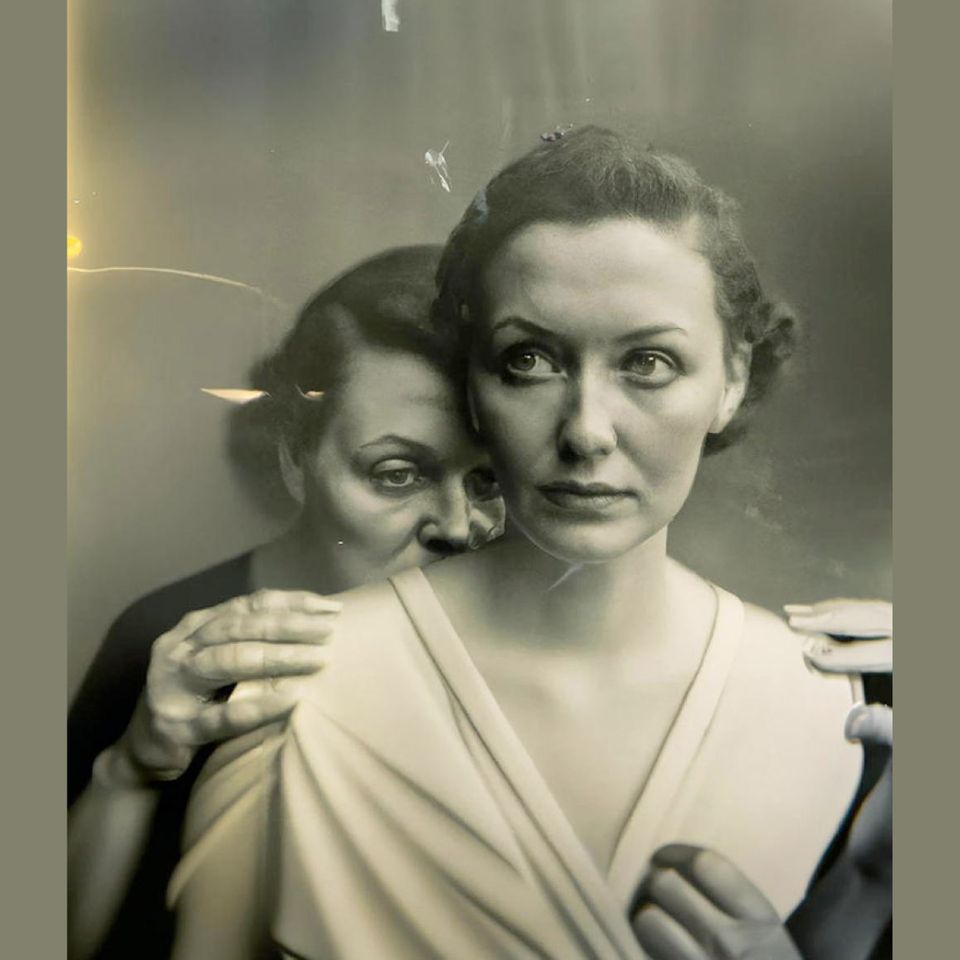In a groundbreaking event at the Sony World Photography Awards, an image created by artificial intelligence clinched the top prize in the “Creative” category, sparking a significant debate on the role of AI in the realm of photography. The winning piece, titled “The Electrician,” was crafted by German artist Boris Eldagsen as part of his series “Pseudomnesia: Fake Memories,” designed to emulate a photographic style reminiscent of the 1940s. This series, co-produced using generative AI, aimed to explore the concept of machine-generated photography.
Upon winning, however, Eldagsen made a surprising decision to reject the award. He later explained his rationale in a blog post, highlighting a critical conversation about the intersection of AI and traditional photography. Eldagsen argued that AI-generated images and conventional photography should not compete within the same category, as they represent fundamentally different entities. By refusing the award, Eldagsen sought to prompt reflection among contest organizers on the need for separate categories for AI-generated content, questioning whether competitions are prepared to incorporate such advancements.
The artist’s refusal to accept the prize and the subsequent removal of his winning image from the competition’s official site underscores a pivotal moment in the artistic and technological community. Eldagsen’s actions and his call for a distinct recognition of AI-generated art challenge the photography industry to adapt and reconsider how technological innovations intersect with traditional artistic practices.
This incident raises broader questions about the evolving landscape of art and technology. As AI continues to advance, its integration into creative fields offers both opportunities and challenges. The conversation initiated by Eldagsen’s gesture extends beyond photography, touching on the essence of creativity, originality, and the role of human touch in art.
The Sony World Photography Awards’ response, or lack thereof, to Eldagsen’s decision not to accept the prize, suggests a hesitancy within the industry to confront these emerging issues. As the boundaries between technology and human creativity become increasingly blurred, the art world must navigate these new territories with a careful balance of innovation and preservation of traditional artistic values.
This incident not only marks a historic moment for the Sony World Photography Awards but also serves as a catalyst for a wider discussion on the future of art in the age of artificial intelligence. It prompts a reevaluation of what constitutes creativity and originality in the digital era, urging artists, technologists, and industry leaders to collaboratively shape the evolution of artistic expression in the 21st century.

